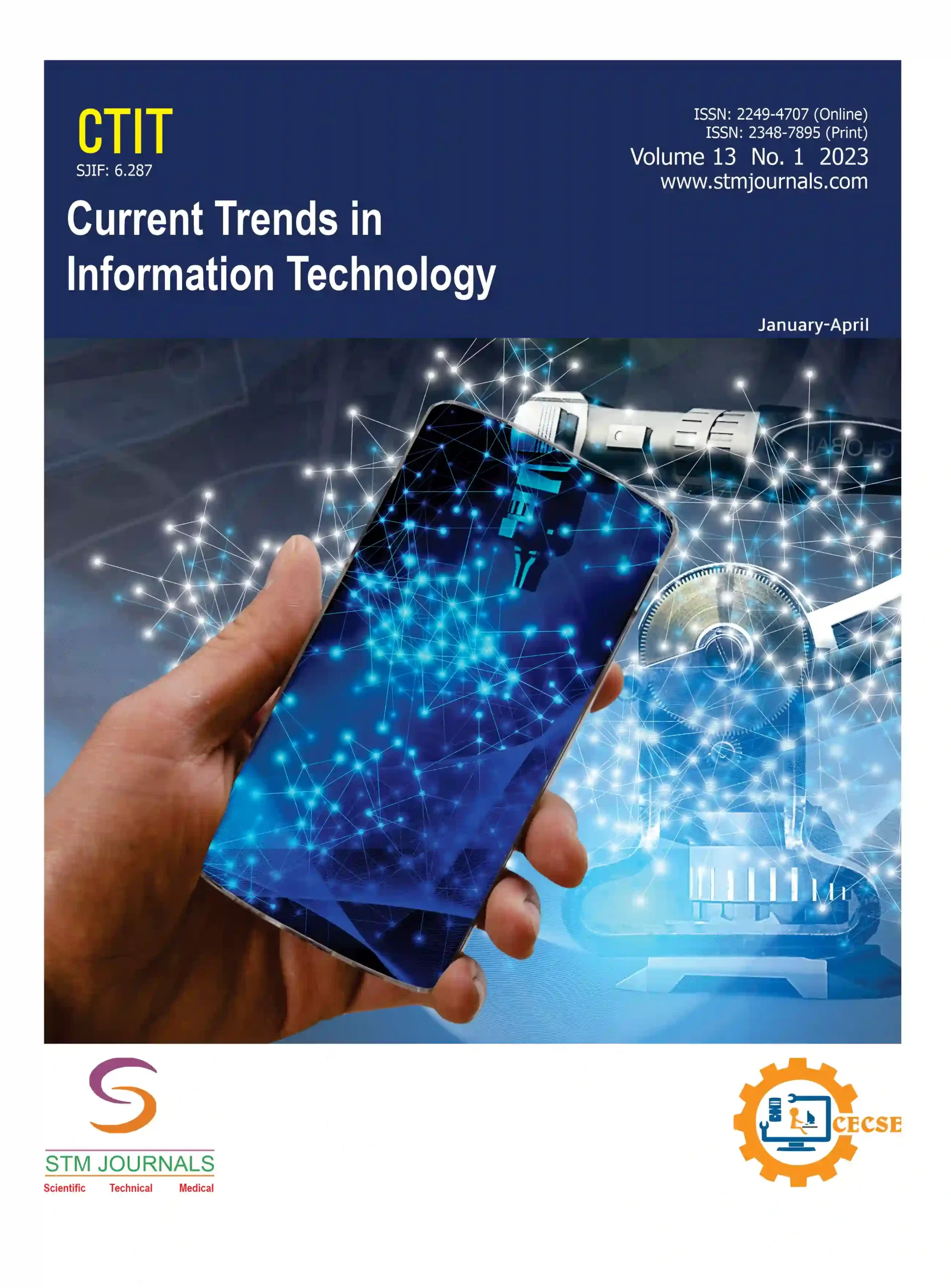Dhiraj Yadav,
Anuj Barve,
Jay Sonawane,
Kartikeshwar Singh,
- Student, Department of Computer Engineering, Met Institute of Engineering, Savitribai Phule Pune University, Pune, Maharashtra, India
- Student, Department of Computer Engineering, Met Institute of Engineering, Savitribai Phule Pune University, Pune, Maharashtra, India
- Student, Department of Computer Engineering, Met Institute of Engineering, Savitribai Phule Pune University, Pune, Maharashtra, India
- Student, Department of Computer Engineering, Met Institute of Engineering, Savitribai Phule Pune University, Pune, Maharashtra, India
Abstract
Synapse is a cutting-edge, real-time collaborative learning platform developed to overcome some of the most pressing challenges faced by current online education systems, such as limited student interaction, lack of engagement, and insufficient opportunities for real-time communication. By integrating a combination of tools such as video conferencing, instant messaging, and interactive social media-style features, Synapse promotes active participation and peer-to-peer collaboration among learners. One of the platform’s standout features is its use of adaptive learning technologies, which tailor the educational experience to each student’s unique performance and learning style. This creates a more personalized, engaging, and effective learning environment. This study delves into the architecture of Synapse, outlining its primary modules including user management, real-time communication, and social learning components. It also examines the use of a paired t-test algorithm to evaluate the increase in user engagement. Results demonstrate a marked improvement in student collaboration and interaction. Future developments will explore AI-driven personalization, mobile app deployment, and blockchain integration for secure credentialing.
Keywords: LMS, collaborative learning, adaptive learning, real-time communication, paired t-test
[This article belongs to Current Trends in Information Technology ]
Dhiraj Yadav, Anuj Barve, Jay Sonawane, Kartikeshwar Singh. Synapse: Enhancing Collaborative Learning Through Adaptive Real-Time Communication for Educational Environments. Current Trends in Information Technology. 2025; 15(02):24-30.
Dhiraj Yadav, Anuj Barve, Jay Sonawane, Kartikeshwar Singh. Synapse: Enhancing Collaborative Learning Through Adaptive Real-Time Communication for Educational Environments. Current Trends in Information Technology. 2025; 15(02):24-30. Available from: https://journals.stmjournals.com/ctit/article=2025/view=209508
References
- Liu S, Zaigham GH, Rashid RM, Bilal A. Social media-based collaborative learning effects on student performance/learner performance with moderating role of academic self-efficacy. Front Psychol. 2022 Jul 8; 13: 903919.
- Viola I, Jansen J, Subramanyam S, Reimat I, Cesar P. Vr2gather: A collaborative, social virtual reality system for adaptive, multiparty real-time communication. IEEE Multimed. 2023 Apr 3; 30(2): 48–59.
- Ainin S, Naqshbandi MM, Moghavvemi S, Jaafar NI. Facebook usage, socialization and academic performance. Comput Educ. 2015 Apr 1; 83: 64–73.
- Ajaja OP, Eravwoke OU. Effects of cooperative learning strategy on junior secondary school students achievement in integrated science. The Electronic Journal for Research in Science & Mathematics Education (EJRSME). 2010; 14(1): 1–8.
- Akçayır G, Akçayır M. Research trends in social network sites’ educational use: a review of publications in all SSCI journals to 2015. Rev Educ. 2016 Oct; 4(3): 293–319.
- Alkhathlan AA, Al-Daraiseh AA. An analytical study of the use of social networks for collaborative learning in higher education. Int J Mod Educ Comput Sci. 2017 Feb 1; 9(2): 1–13.
- Nguyen TT, Hoang TT. Exploring The Use Of Adaptive Learning Technology In Higher Education Writing Classes: Students’ perspectives. VNU Journal of Foreign Studies. 2023 Aug 31; 39(4): 16–38.
- Al-Rahmi WM, Zeki AM. A model of using social media for collaborative learning to enhance learners’ performance on learning. J King Saud Univ Comput Inf Sci. 2017 Oct 1; 29(4): 526–35.
- Balakrishnan V, Gan CL. Students’ learning styles and their effects on the use of social media technology for learning. Telemat Inform. 2016 Aug 1; 33(3): 808–21.
- Bandura A. The anatomy of stages of change. Am J Health Promot. 1997; 12(1): 8–10.
- Bandura A. Social cognitive theory of mass communication. Media Psychol. 2001;3(3):265–99. doi:10.1207/S1532785XMEP0303_03.
- Barki H, Titah R, Boffo C. Information system use–related activity: an expanded behavioral conceptualization of individual-level information system use. Inf Syst Res. 2007 Jun; 18(2): 173–92.
- Blasco-Arcas L, Buil I, Hernández-Ortega B, Sese FJ. Using clickers in class. The role of interactivity, active collaborative learning and engagement in learning performance. Comput Educ. 2013 Mar 1; 62: 102–10.
- Bozanta A, Mardıkyan S. The effects of social media use on collaborative learning: A case of Turkey. Turk Online J Distance Educ. 2017 Jan 1; 18(1): 96–110.
- Braxton JM, Milem JF, Sullivan AS. The influence of active learning on the college student departure process: Toward a revision of Tinto’s theory. J High Educ. 2000 Sep 1; 71(5): 569–90.

Current Trends in Information Technology
| Volume | 15 |
| Issue | 02 |
| Received | 03/03/2025 |
| Accepted | 29/04/2025 |
| Published | 05/05/2025 |
| Publication Time | 63 Days |
PlumX Metrics
